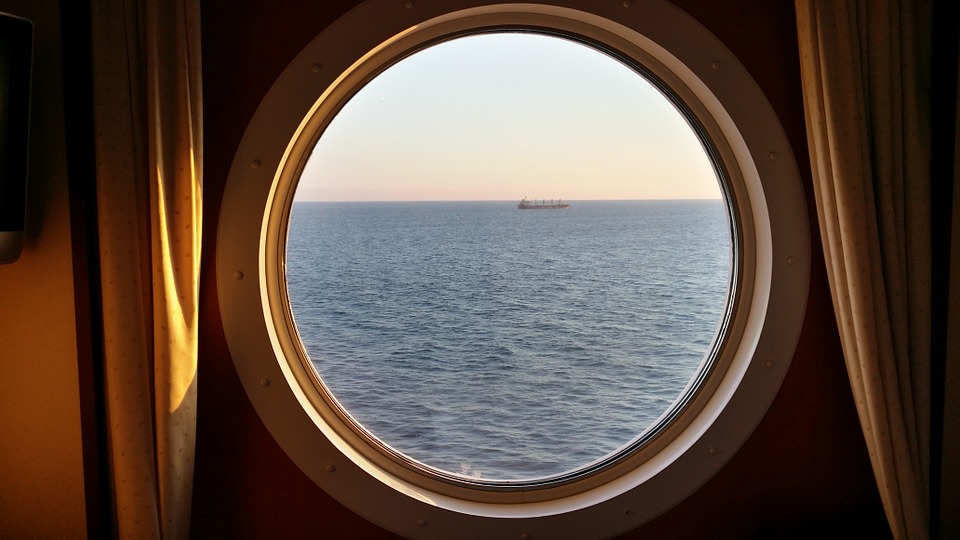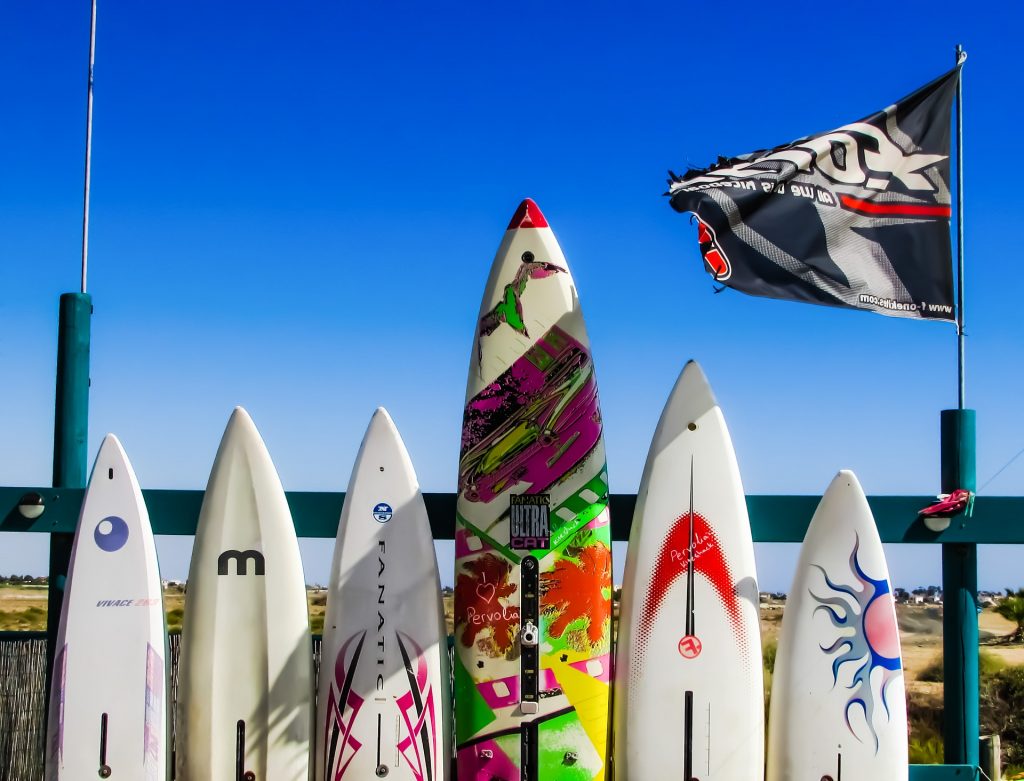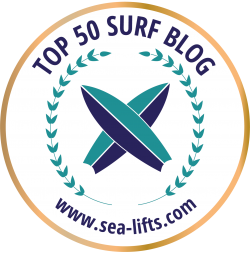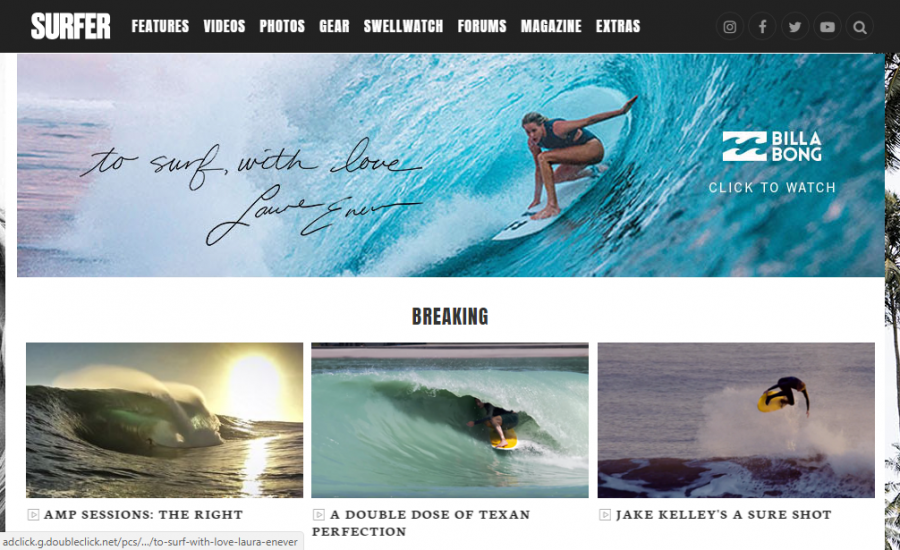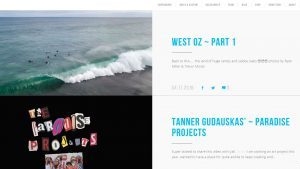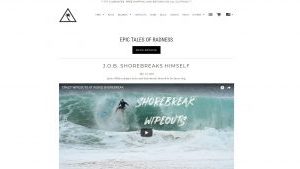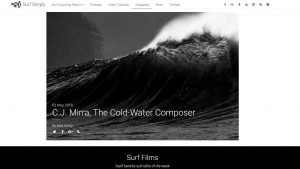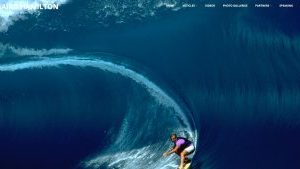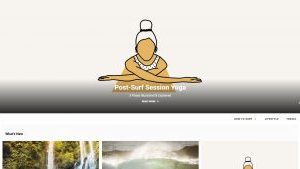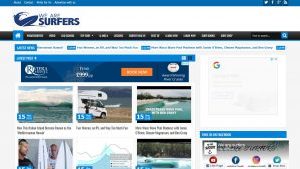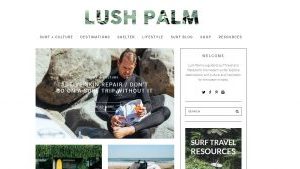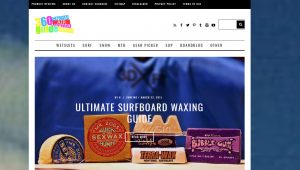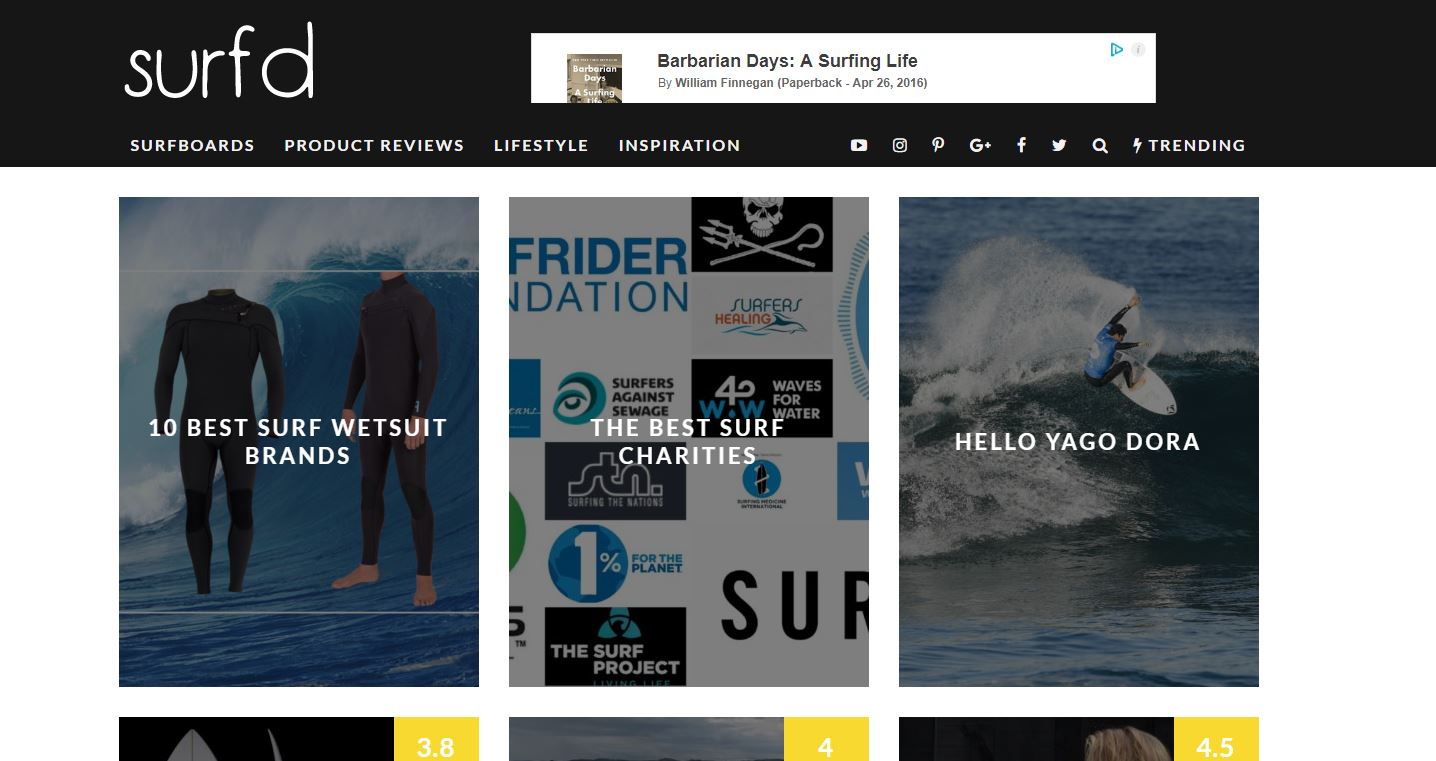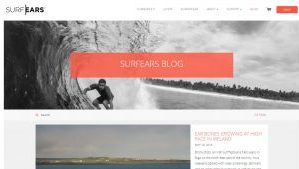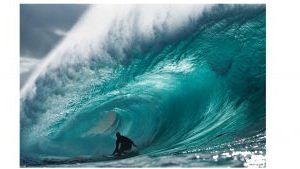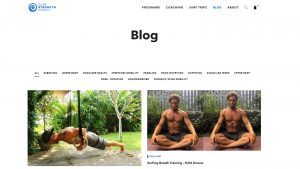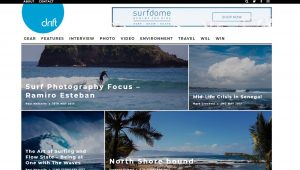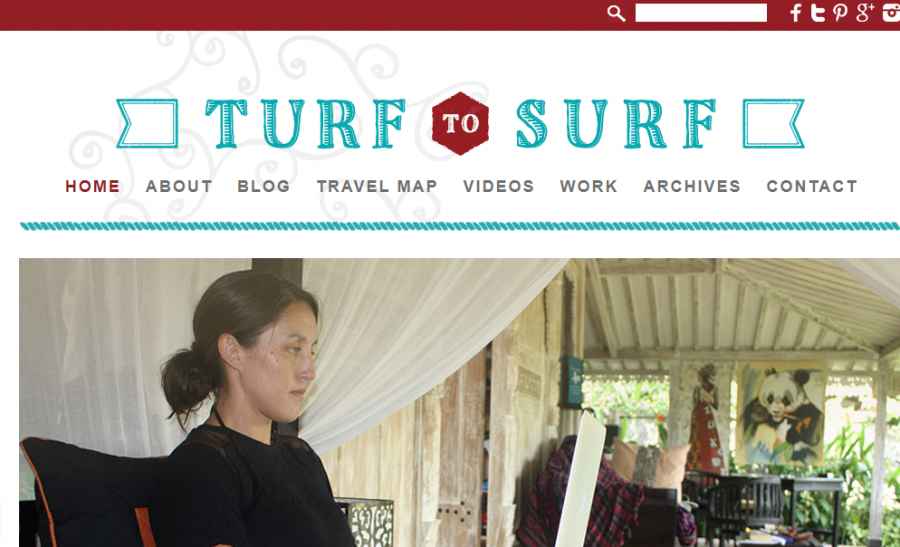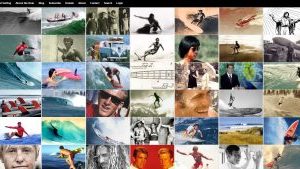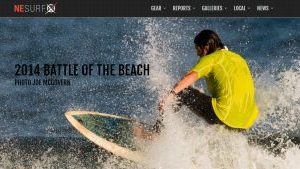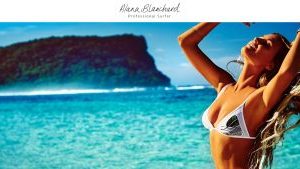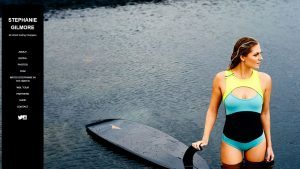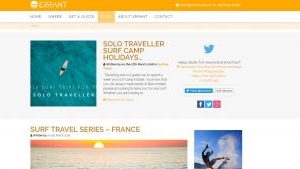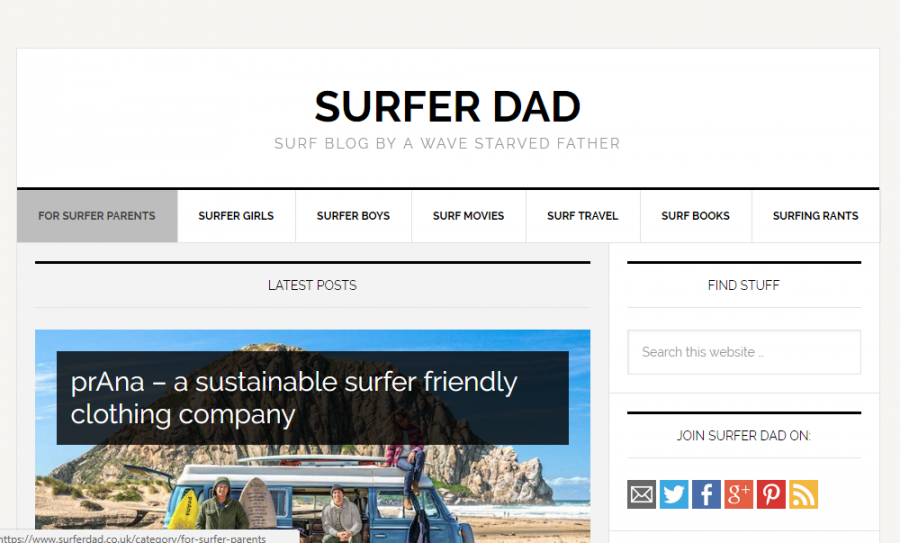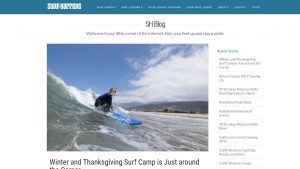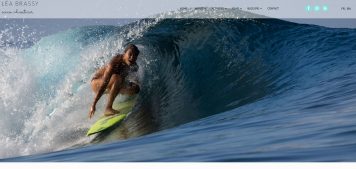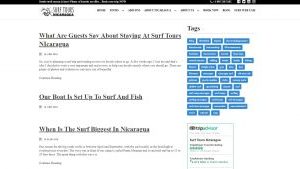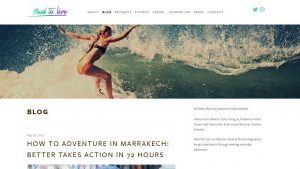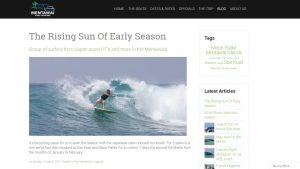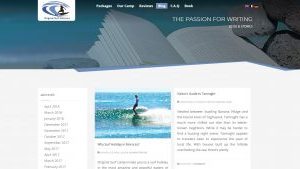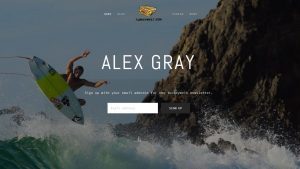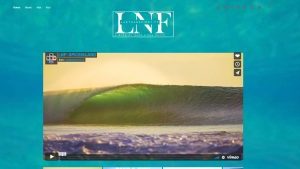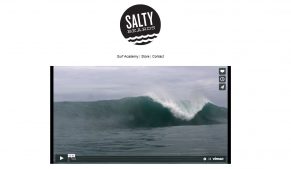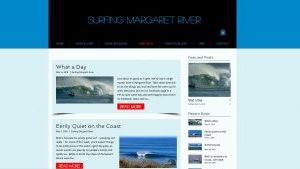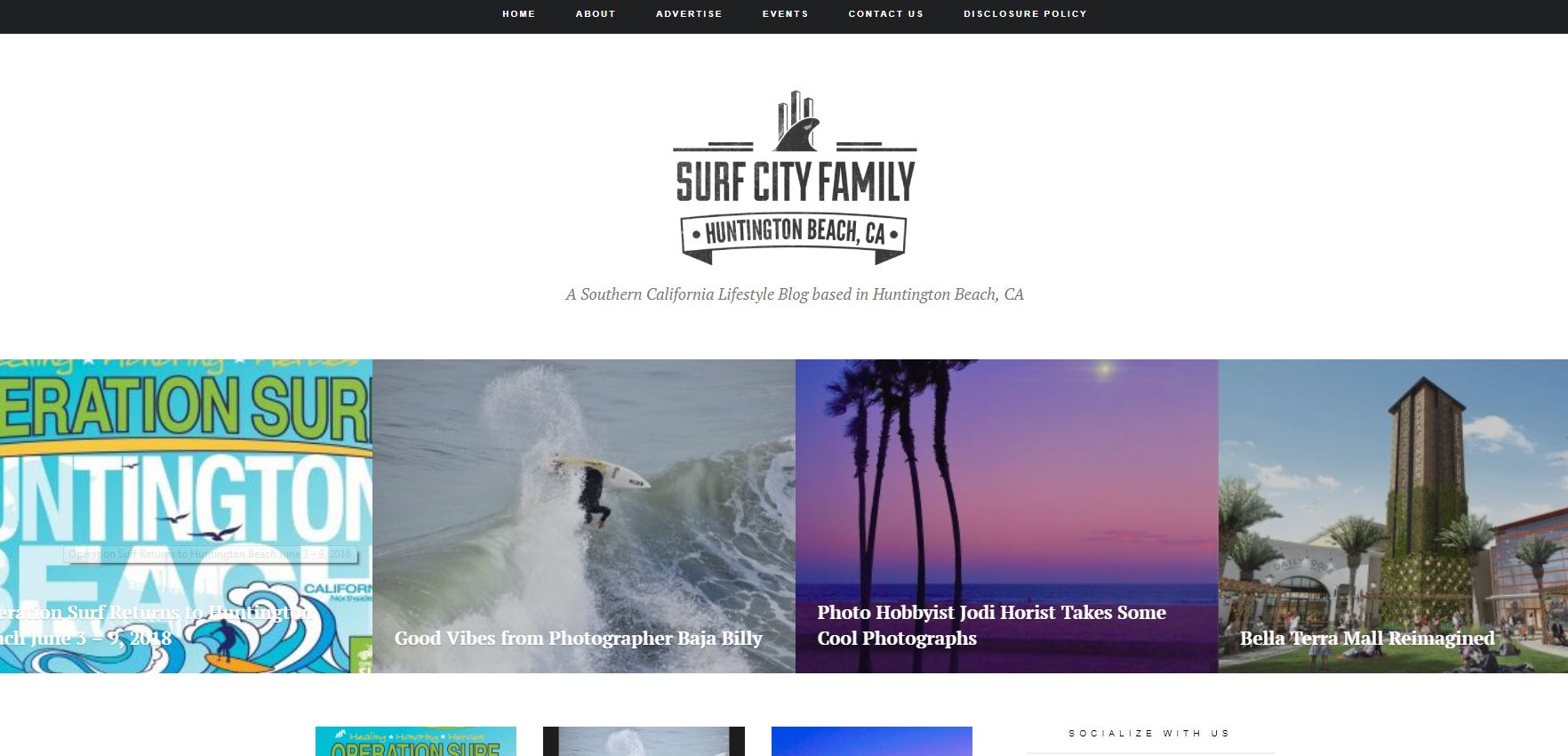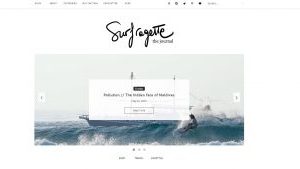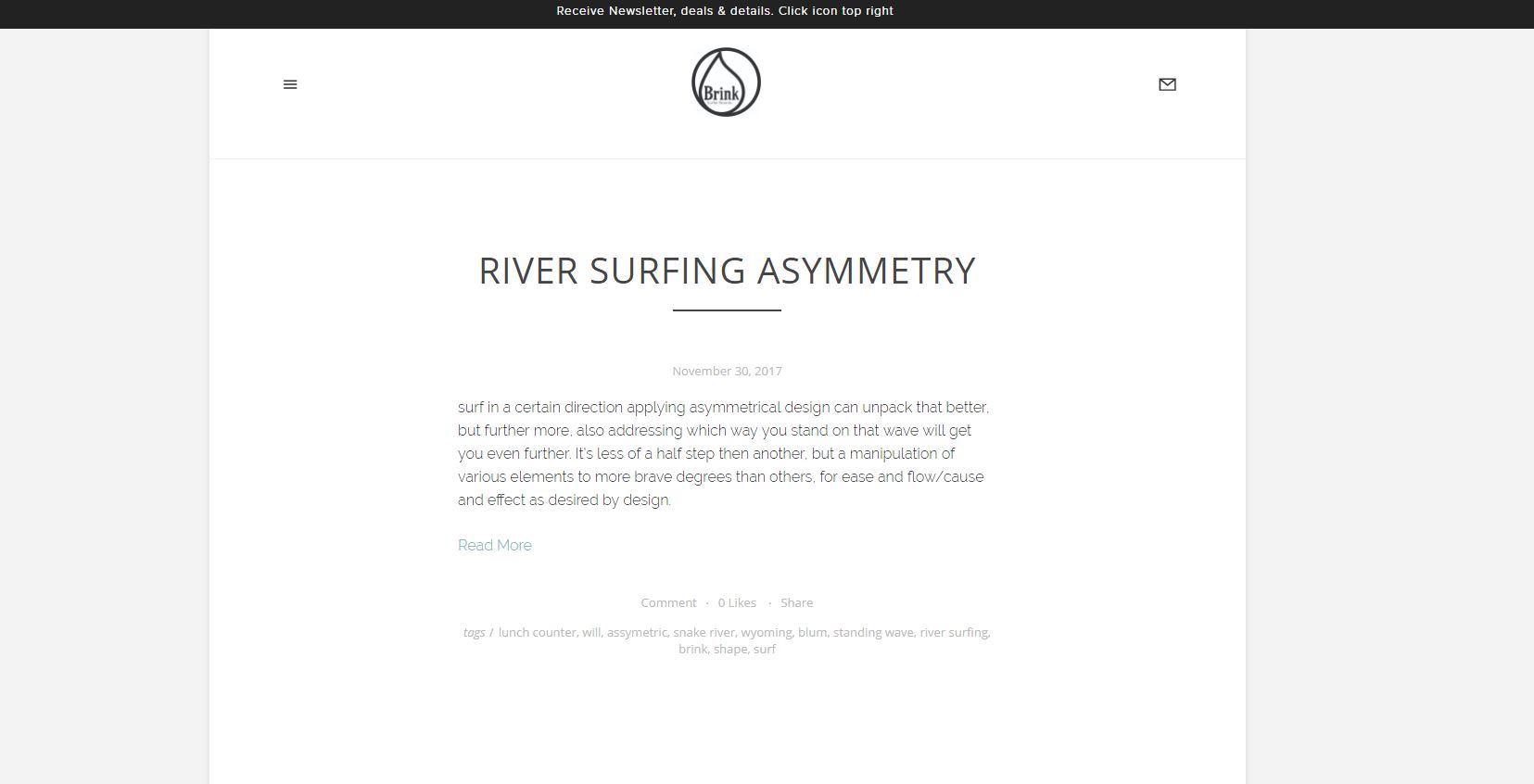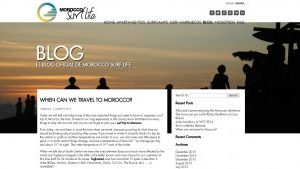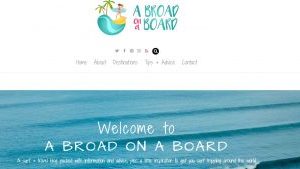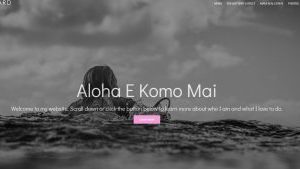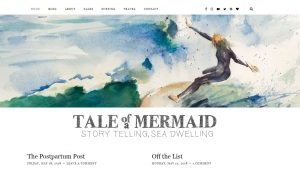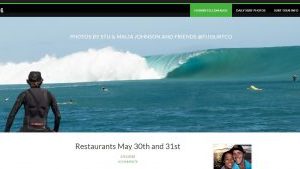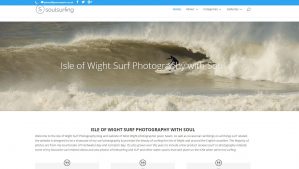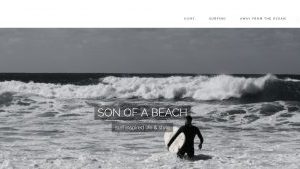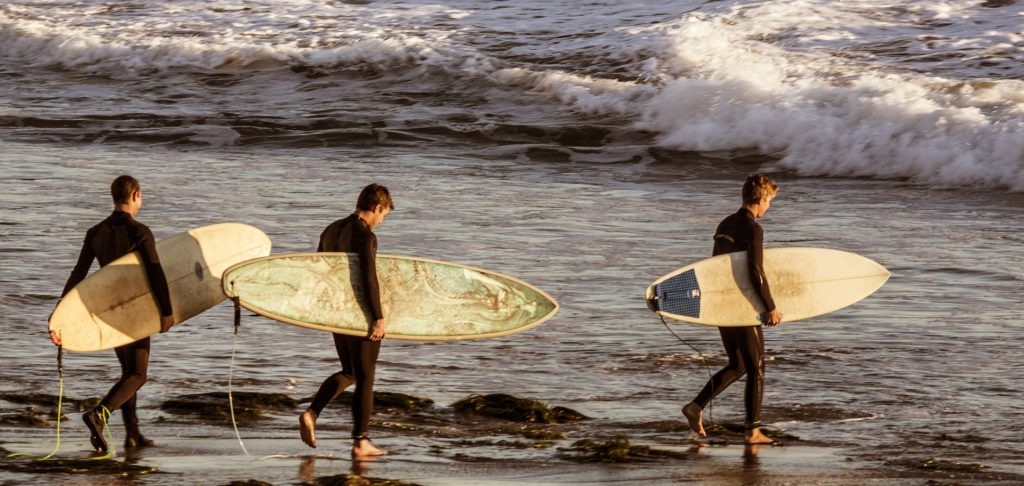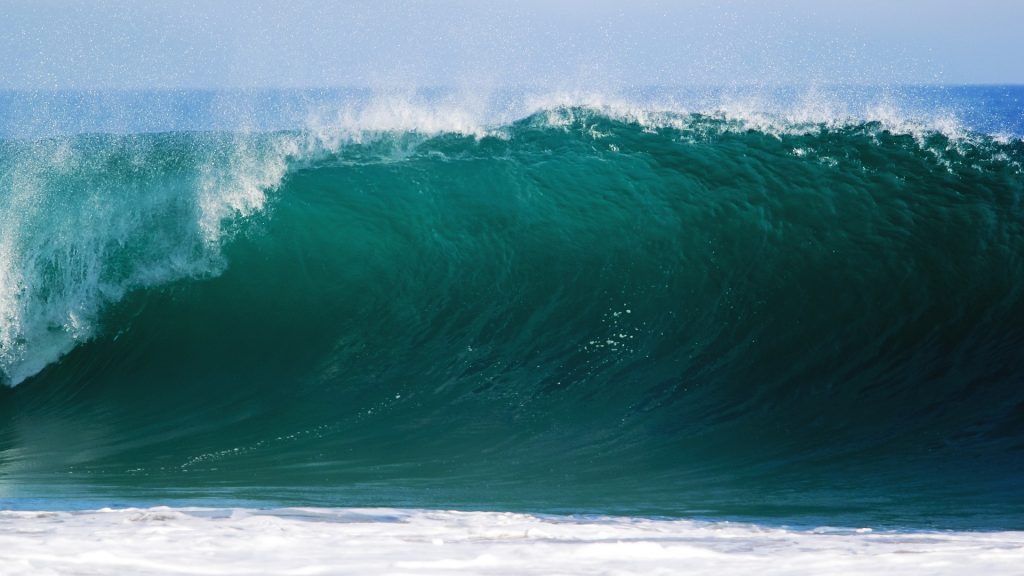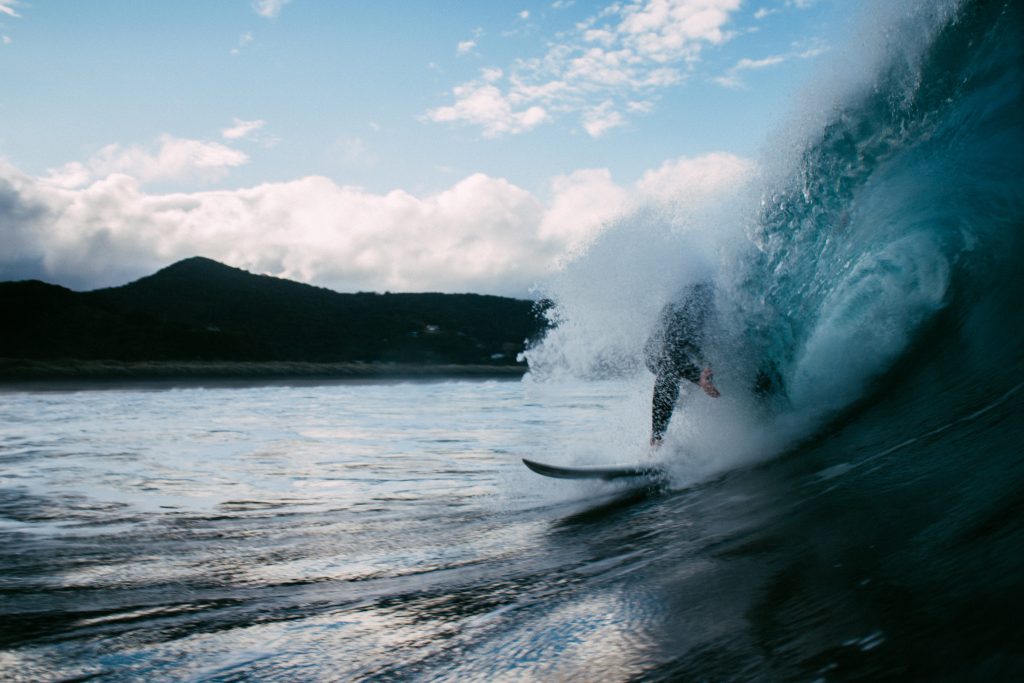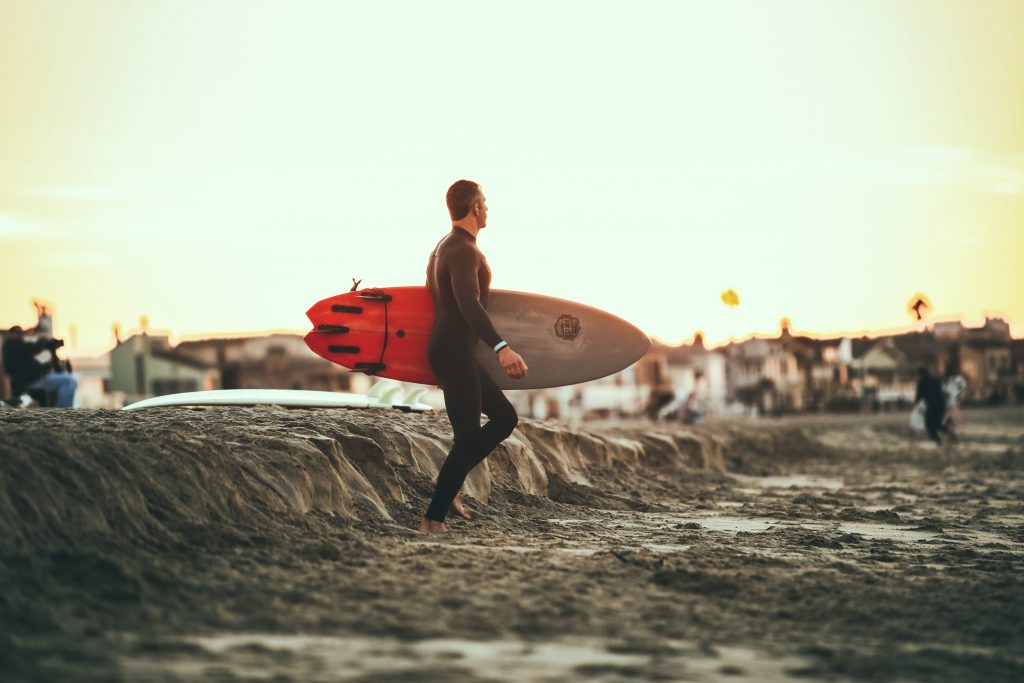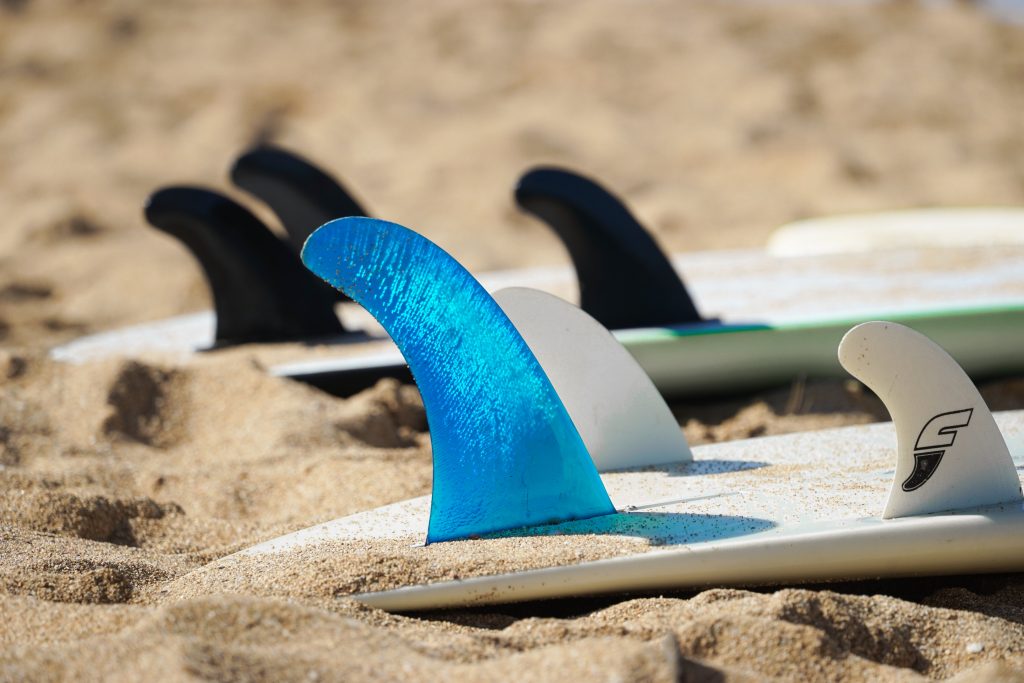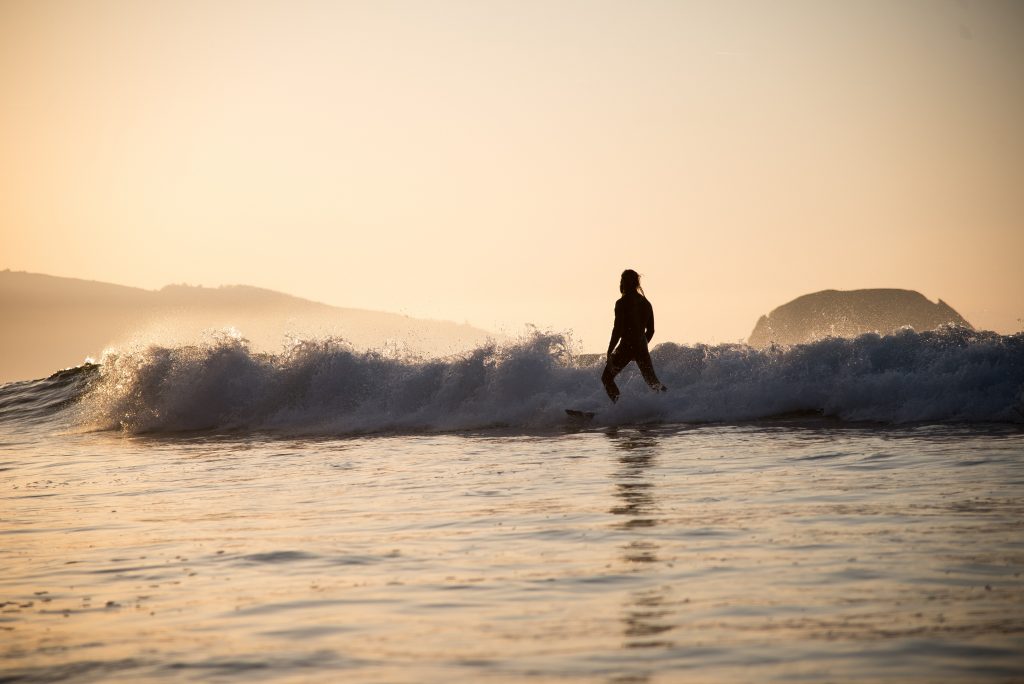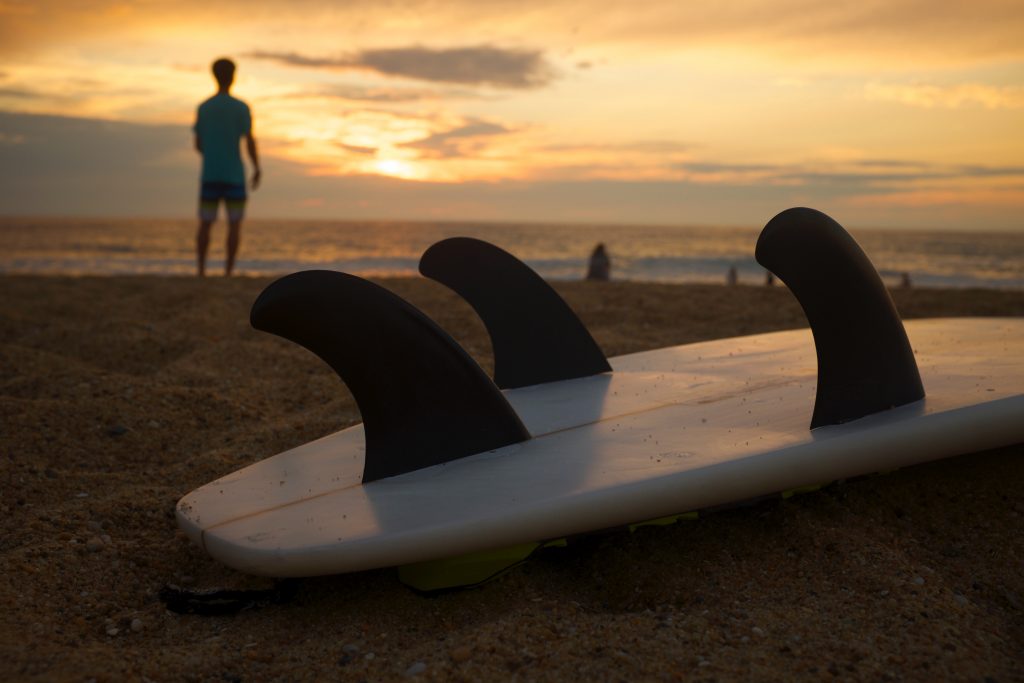Top 10 Dive Sites in Malta
An archipelago located in the Mediterranean Sea between Sicily and the North Africa coast, Malta has some of the best dive sites in Europe. Known for its historical sites, the Maltese islands present a wide variety for divers including caves, reefs, walls and wrecks. To help you decide where to dive, we’ve put together a guide to the top 10 dive sites in Malta.
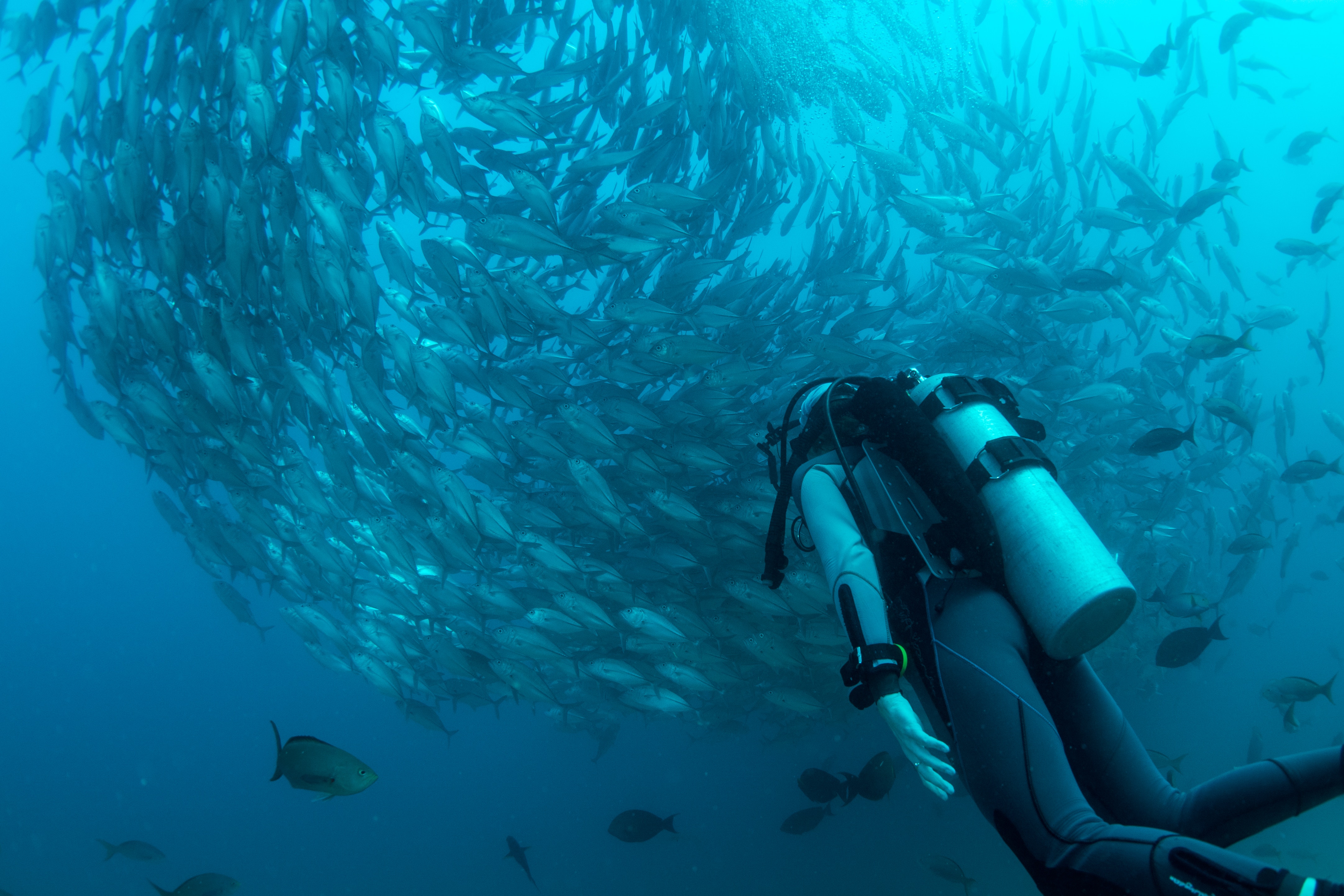
10. Madonna Statue
A very popular site in the northern part of Malta, the main attraction of this dive is the Madonna statue which was placed her 25 years ago by a local dive club. Accessed through a 1-metre deep pool, the dive offers diving around shallow plateaus, with more experienced divers being able to dive off the plateau until around 30 metres. Featuring tunnels and swim-throughs, it’s also possible to do this site at night.
Type: Reef – Shore Dive
Level: Open Water & Open Water Advanced
Resort: Mellieha
Transfers from Malta Airport to Mellieha take approximately 40 minutes.
9. Qawra Reef
Located near the popular resort of Qawra in the northern part of Malta, Qawra Reef is a great option for beginners and intermediate divers. Offering a drop off until 40 metres, the dive includes a nice well, in addition to several caves going inside and under the reef. The site has a couple of shallow sections at around 15m with parrot fish, groupers and cardinal fish. For more intermediate divers, large boulders are home to barracudas, dentex, tuna and amberjack, as well as the rare Anxinella Verrucosa, also known as the Mediterranean ‘finger’ sponge.
Type: Reef – Shore Dive
Level: Open Water & Open Water Advanced
Resort: Bugibba
Transfers from Malta Airport to Bugibba take approximately 30 minutes.
8. Reqqa Reef
Giving divers a great view into the clear blue Mediterranean Sea and excellent opportunities to spot marine life, Reqqa Point is located in Ghasri, Gozo. Not recommended to visit during strong winds, you descend along a large wall covered in sponges with the option of stopping on the sandy reef bottom at 25 metres. Lobsters, rays and barracudas are often spotted whilst others may enjoy exploring overhangs, caves and incredible chimney and nearby salt pans.
Type: Reef Wall – Shore Dive
Level: Open Water
Resort: Marsalforn
Transfers from Malta Airport to Marsalforn take approximately 1 hour 40 minutes.
7. The Inland Sea & Tunnel
An incredible dive located close to the Blue Hole, the Inland Sea & Tunnel Dive is a unique dive that cannot be missed. Beginning in a 60m wide inlet surrounded by high cliffs, divers can explore the 80m long tunnel to the inland sea. Divers should pay extra care when going through the tunnel, as it is also used by boats. Breath-taking light effects created by the sunlight greet you at the end of the tunnel and you can choose to dive on to the left or right side. With the opportunity to see marine life such as Barracuda, Spotted Dorris, Octopus and John Dory, the Inland Sea & Tunnel is an incredible experience.
Type: Wall – Shore Dive
Level: Open Water & Open Water Advanced
Resort: Xlendi Bay
Transfers from Malta Airport to Xlendi Bay take approximately 1 hour 40 minutes.
6. Billinghurst Cave
One of the longest cave dives in Gozo, The Billinghurst Cave is located near Regga Point is a great spot for spotting marine life and enjoying light effects. Measuring 50m long, the entrance can be found 3m under the surface with a maximum depth of 30m. As there is very little natural light penetration, divers should bring a torch to enjoy the colourful marine life, red sponges and lace coral. For those wanting to extend their experience, divers can swim to the end of the cave and enter another called the ‘Railway’ Tunnel, where it is possible to surface. It should also be noted that this site is only accessible with a dive centre.
Type: Cave – Shore Dive
Level: Open Water
Resort: Marsalforn
Transfers from Malta Airport to Marsalforn take approximately 1 hour 40 minutes.
5. Ghar Lapsi
Perfect for beginners, the Ghar Lapsi dive is a great cave diver for those who can descend to approximately 15 metres. Those with more experience can also explore the Ghar Lapsi Cave and see the stunning blue and green waters and its multiple entrances and exits. With a large amount of sea grass in the cave, divers have a good chance of seeing nudibranchs and sea hares as well as enjoying the light effects at the entrance of the cave.
Type: Cave Reef – Shore Dive
Level: Open Water & Open Water Advanced
Resort: Saint Julian’s
Transfers from Malta Airport to Saint Julian’s take approximately 20 minutes.
4. P29 Wreck
Combining an interesting wreck with spectacular marine life, the P29 dive off Cirkewwa Point is a popular dive with both visitors and locals alike. Deliberately sunk in 2007, the wreck features an ex German Kondo class minesweeper and includes some great swim throughs. Able to be combined with several other dives such as ‘The Arch’, the P29 dive makes for a memorable experience.
Type: Wreck – Shore Dive
Level: Advanced Open Water
Resort: Mellieha
Transfers from Malta Airport to Mellieha take approximately 40 minutes.
3. The Rozi Tugboat Dive
Purposefully sunk in 1991, the Rozi Tugboat Dive is one of the most popular dive sites in Malta. Beginning with a swim over an incredible reef, the wreck is only 150 metres away from shore and sits in an upright position at 34 metres. The wreck, including the engine room and wheel house can also be entered whilst enjoying the beautiful clear waters surrounding it. The wreck has attracted diverse marine life including rainbow wrasse, Sea breams and scorpion fish. Divers may wish to combine this with the Madonna Statue dive or explore the reef on your way back to shore.
Type: Wreck – Shore Dive
Level: Advanced Open Water Dive
Resort: Mellieha
Transfers from Malta Airport to Mellieha take approximately 40 minutes.
2. Santa Maria Caves
An incredible cave system located on the north side of Comino, the Santa Maria Caves is an extremely popular dive site. Featuring 10 unique caves with great swim throughs, underwater tunnels and incredible views, this is sight is sure to create a memorable experience. As the caves are quite shallow, the marine life is varied, including Nudibranch, crabs and shrimp. Some may also wish to feed the Banded Sea Bream bread and watch as they swarm around you.
Type: Cave – Boat Dive
Level: Open Water & Open Water Advanced
Resort: Mellieha
Transfers from Malta Airport to Mellieha take approximately 40 minutes.
1. The Blue Hole
One of the most famous and popular dive sites within the Maltese Islands, the Blue Hole is a must-visit whilst staying on the islands. Located in Dweijra, Goza and overlooking the former site of the Azure Window, the dive begins in a 10m wide, natural inland sea-pool. The dive includes incredible natural rock formations and diverse marine life including moray eels, octopi, lobster and parrot-fish. After swimming through a giant crack in the reef which has created a large vertical swim-through, known as ‘The Chimney’, you will then find the coral garden. There is also a cave at the far end of the Blue Hole if you don’t want to swim out to the open sea. This dive can be followed with the Inland Sea and Tunnel dive.
Type: Reef Wall – Shore Dive
Level: Open Water & Open Water Advanced
Stay: Xlendi Bay
Transfer from Malta Airport to Xlendi Bay take approximately 1 hour 40 minutes.
We hope this guide to the top 10 dive sites in Malta has inspired your next diving holiday.
If you are travelling to Malta for a diving holiday, complete the contact form to get a quote from Sea-Lifts and book your airport transfers from Malta Airport to the best scuba resorts now!
